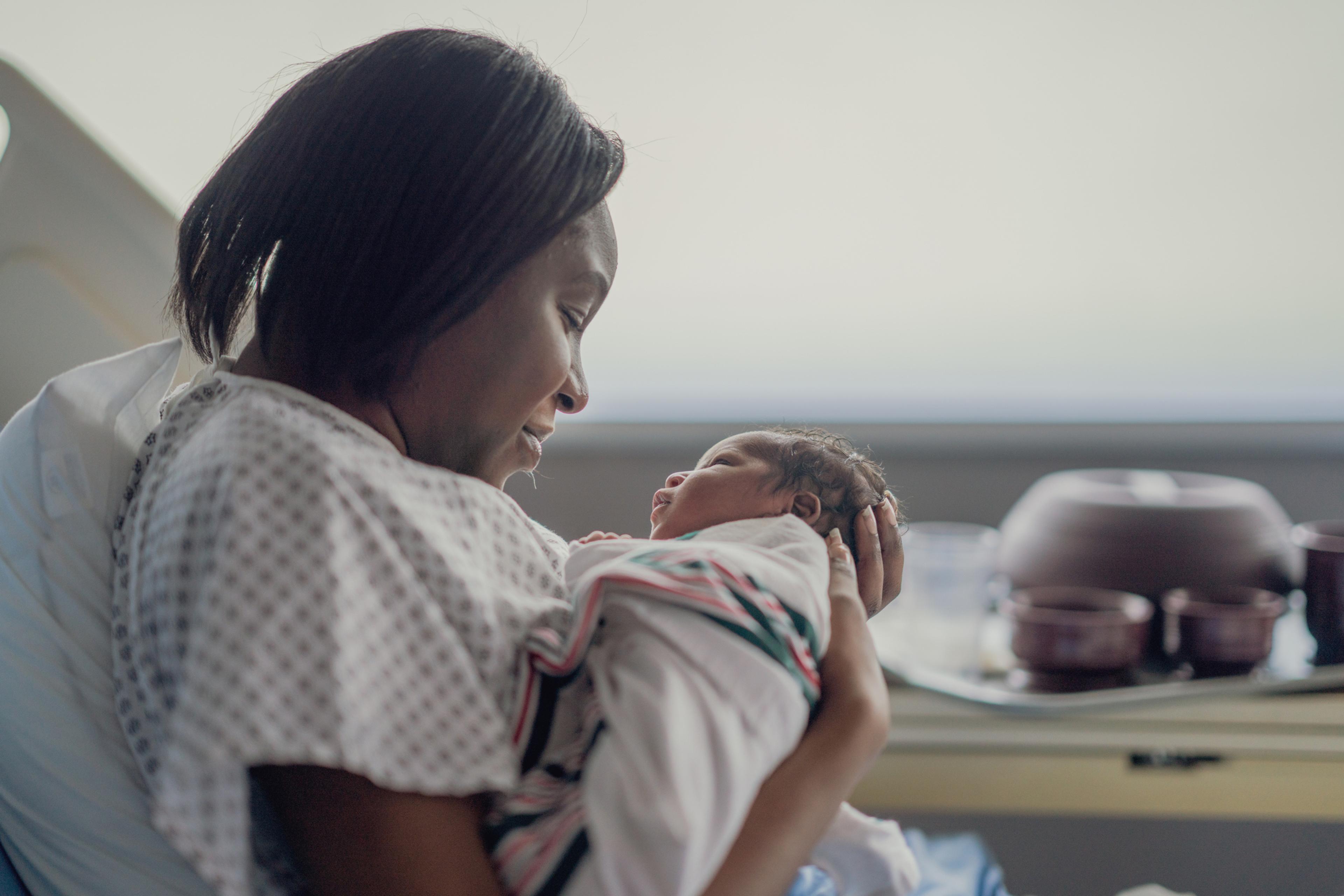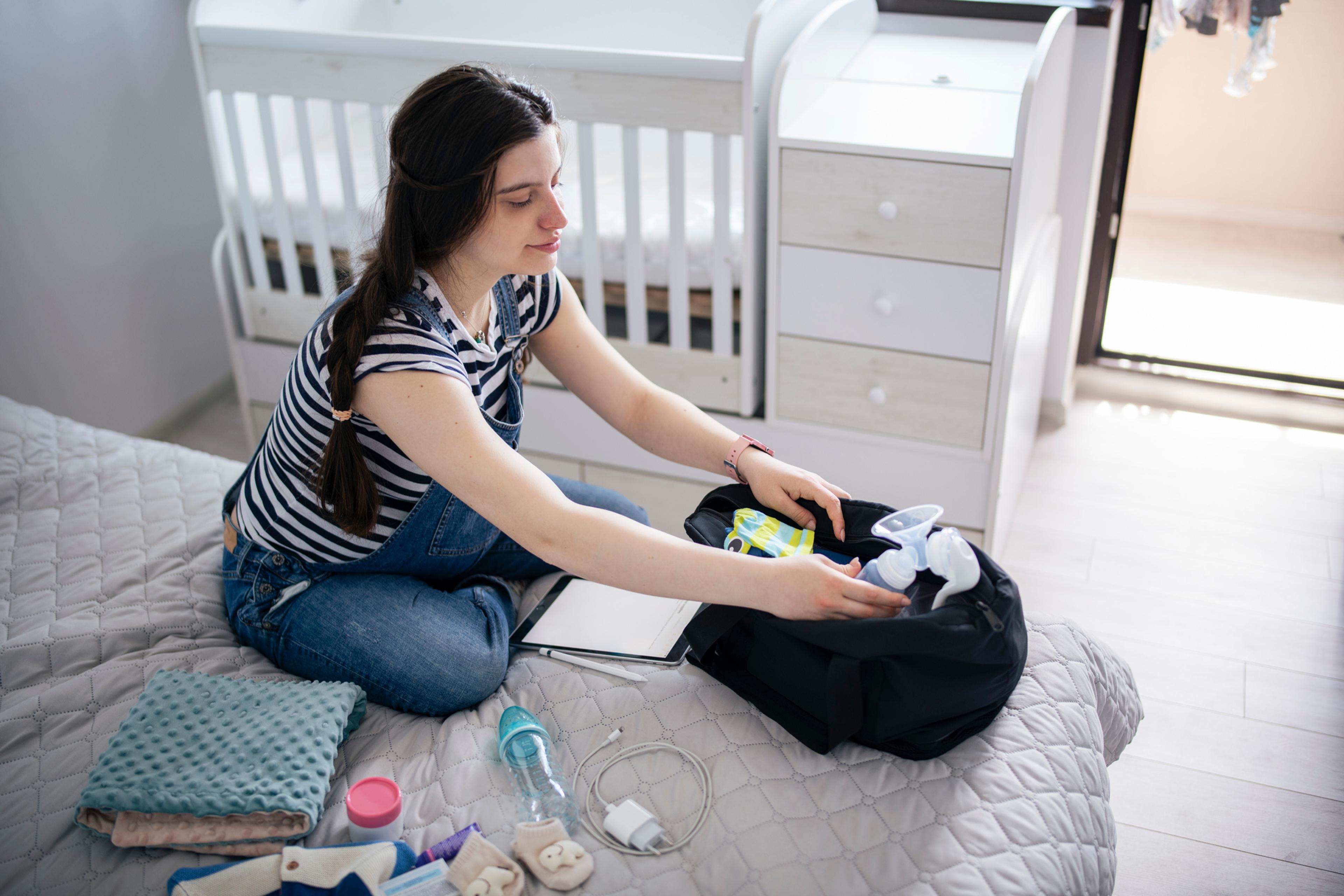Reducing Infant Mortality: Ways to Minimize Risks

Dr. Amy Milewski, M.D.
| 4 min read
Dr. Amy Milewski, M.D., is vice president of clinica...

The first month of life is the most vulnerable period for a child’s survival. Globally, 2.4 million newborns died in 2020, according to the World Health Organization. Most neonatal deaths – approximately 75% – occur during the first week of life. When newborns die, it is usually because they suffered from conditions and diseases associated with a lack of quality care during birth or during their first month of life.
Leading factors connected to infant mortality
These factors account for more than 67% of infant deaths, according to the Centers for Disease Control and Prevention:
- Birth defects: Also known as congenital anomalies, birth defects are common. Some birth defects – such as cleft lip – are easy to identify. Others need special tests to identify, like echocardiograms (an ultrasound picture of the heart), X-rays or hearing tests.
- Preterm birth and low birth weight: Preterm births are categorized as births that happen before week 37 of pregnancy. A 5% weight loss is considered normal for a formula-fed newborn. A 7% to 10% loss is considered normal for breastfed babies. Keep a close eye on babies who do not regain the lost weight 10 to 14 days into life, as they may require medical care.
- Sudden Infant Death Syndrome (SIDS): SIDS is the sudden unexpected death in an infant under 1 year of age and was responsible for 6% of infant mortalities that occurred in the U.S. in 2018 according to National Vital Statistics Report.
- Intrapartum-related complications and injuries: These include birth asphyxia or an inability to breathe at birth.
- Maternal pregnancy complications: These include urinary tract infections, anemia, hypertension, diabetes during pregnancy and more.
What is SIDS?
SIDS is the sudden, unexplained death of an infant under the age of one year. Research shows parents and caregivers can help reduce the risk of SIDS by doing the following:
- Babies need to be in their own sleeping area and should not be in bed with the parents.
- Do not cover a baby’s head or allow them to get too hot. Signs babies are overheating can include red skin/flushing, sweating or a chest that feels hot. However, babies don’t always sweat and can overheat without appearing sweaty.
- Keep a baby’s sleep area (for example, a crib or bassinet) in the same room as the parent or caregiver until the baby is at least six months old.
- Keep soft bedding such as blankets, pillows, bumper pads and soft toys out of a baby’s sleep area.
- Place a baby on their back when laying them down to sleep.
- Use a firm, flat sleep surface, such as a mattress in a safety-approved crib, covered by a fitted sheet.
Warning signs of an emergency
Parents should call their baby’s doctor if their baby appears sick or has a fever of 100.4 degrees or higher. Signs of sickness can include coughing, diarrhea and vomiting in a way that is different or more persistent than just spitting up. If exhibited, these warning signs should signal the need for medical attention:
- Fast breathing (over 60 breaths per minute)
- Jaundice (yellow color to the skin) on the chest, arms, legs, or whites of the eyes
- No bowel movements in the first 48 hours and no urination
- Persistent crying or irritability
- Refusal to eat or a poor appetite
- If there is puss or red skin around the stump of the umbilical cord or an unpleasant smell, it may be infected
- Wheezing, grunting, or making whistling sounds while breathing
Safety tips for pregnant individuals and parents of newborns
Pregnant individuals should see their health care provider for regular checkups to ensure the baby is growing on schedule and that there are no issues with the mother’s health. While pregnant, it is important for women to be aware of infections and how to prevent them during pregnancy, and to also be proactive in identifying and treating a fever when ill or after getting a vaccine. Treat fevers higher than 101 degrees with over-the-counter acetaminophen and avoid hot tubs, saunas, or other environments that might cause overheating. Pregnant individuals should avoid drinking alcohol or smoking. If possible, get underlying medical conditions under control before becoming pregnant. Conditions like diabetes, obesity, and infections such as viral hepatitis and sexually transmitted infections can increase the risk for birth defects. Immediately after the baby is born, skin-to-skin contact between mother and infant is highly recommended. Newborns also need to see a pediatrician within the first days and weeks of their lives to ensure they are gaining weight and hitting developmental milestones. These are known as well-child visits. There’s also a schedule of recommended vaccines for newborns, as well as tests to screen for certain health conditions. Amy McKenzie, M.D., is associate chief medical officer at Blue Cross Blue Shield of Michigan. More from MIBluesPerspectives:
- Hospital Checklist for First-Time Parents
- Busting the Myths About Smoking and Vaping During Pregnancy
- Breastfeeding 101: A Guide for New Moms
Photo credit: Getty Images





